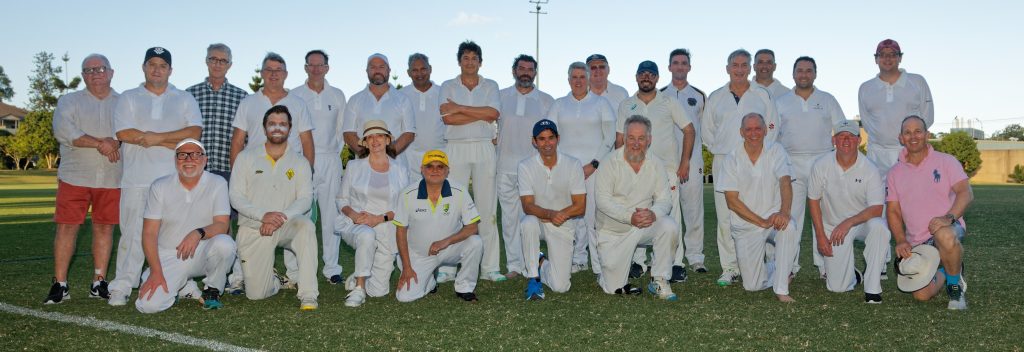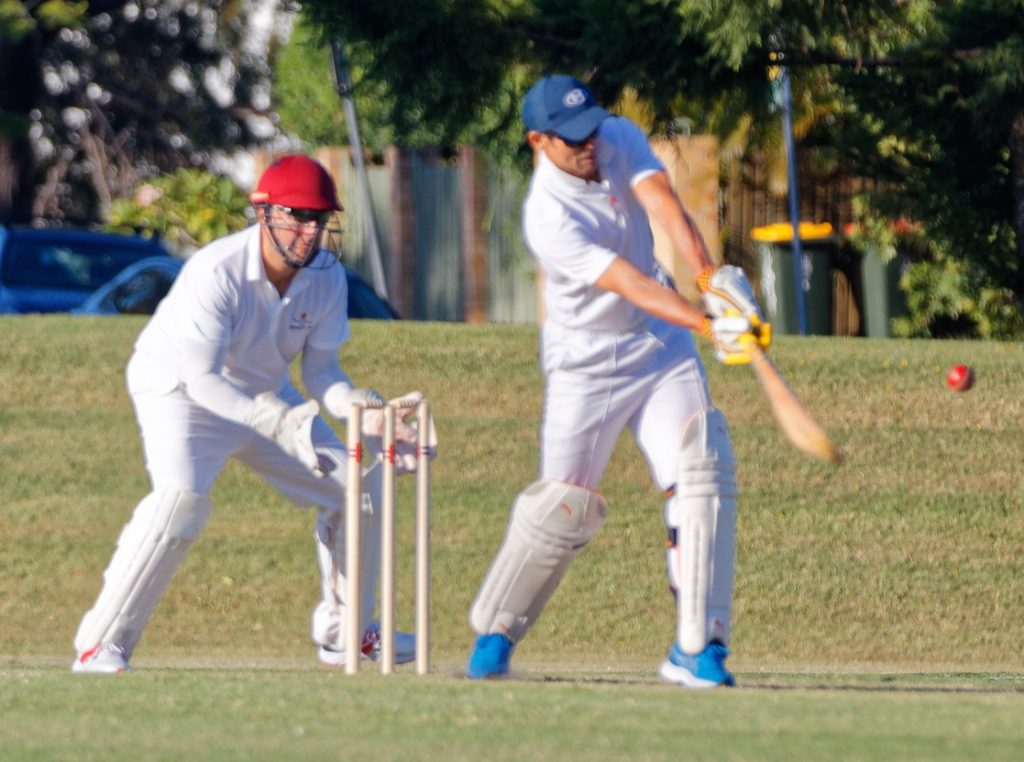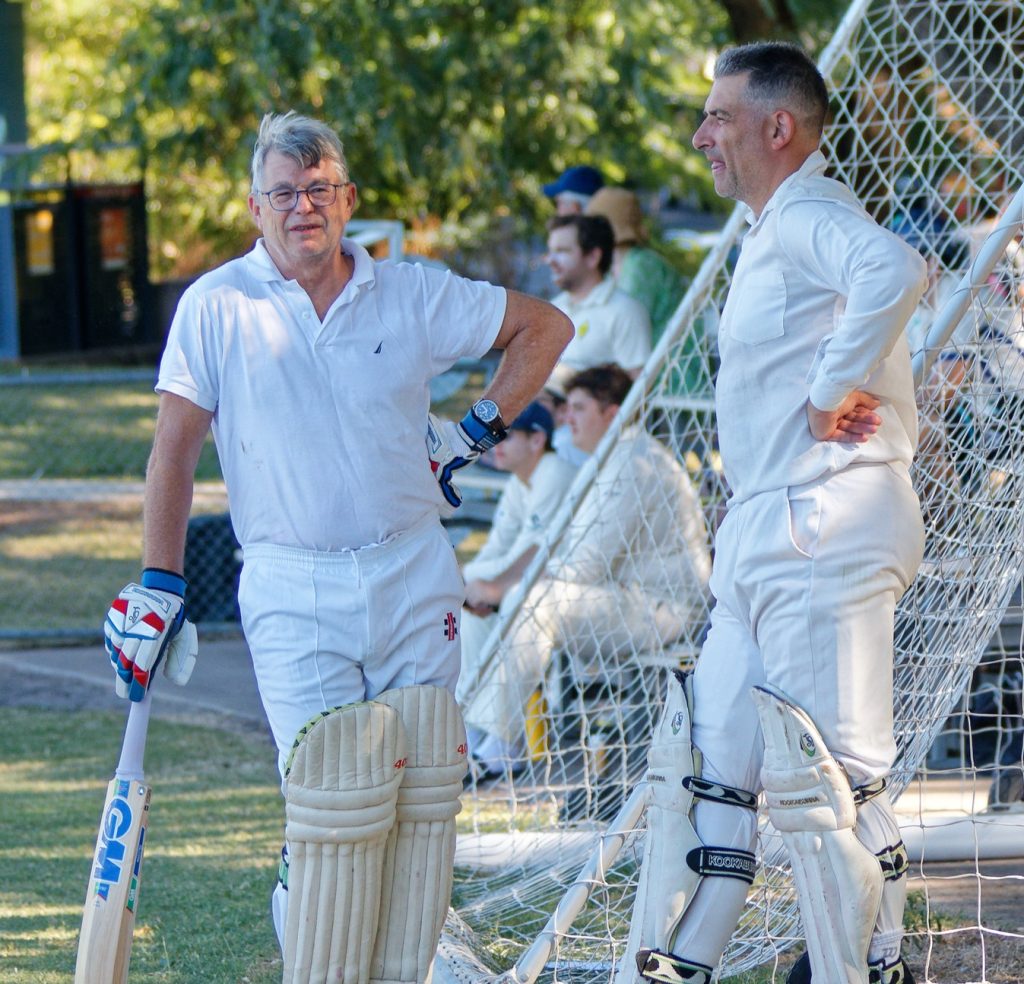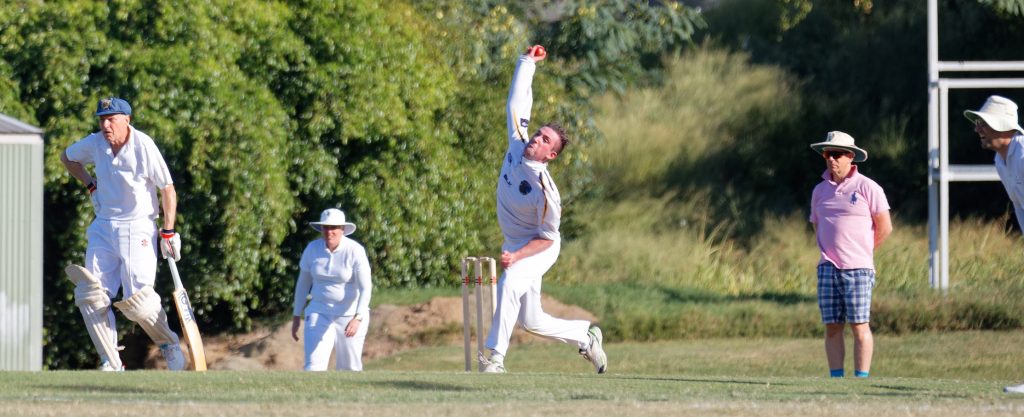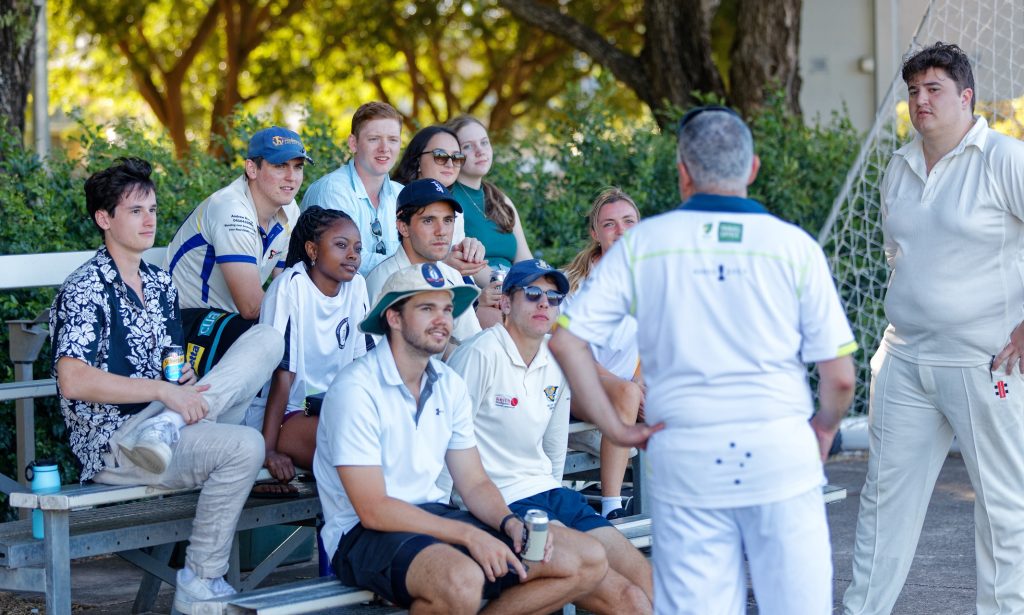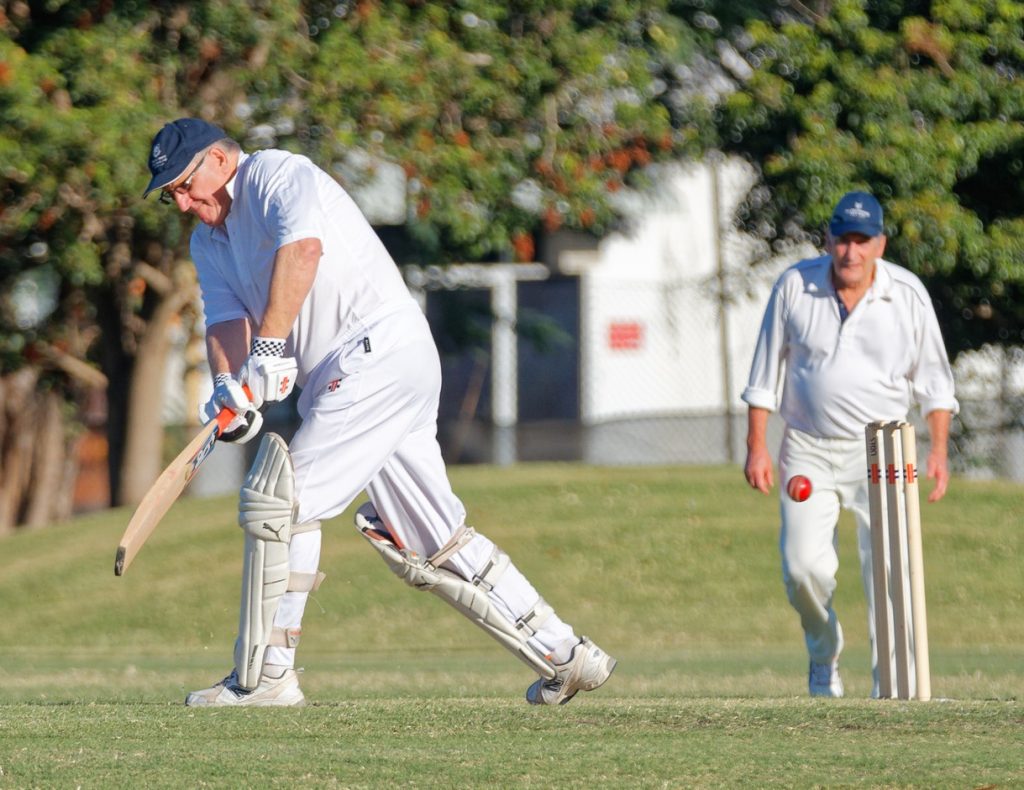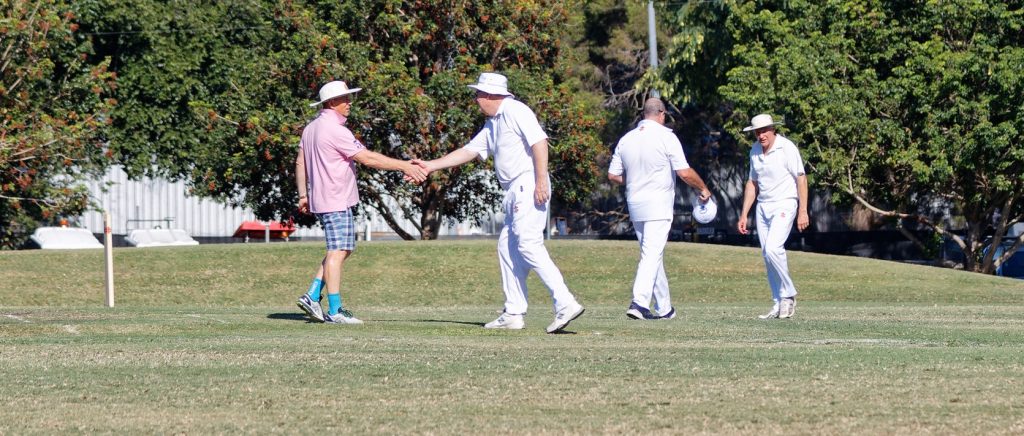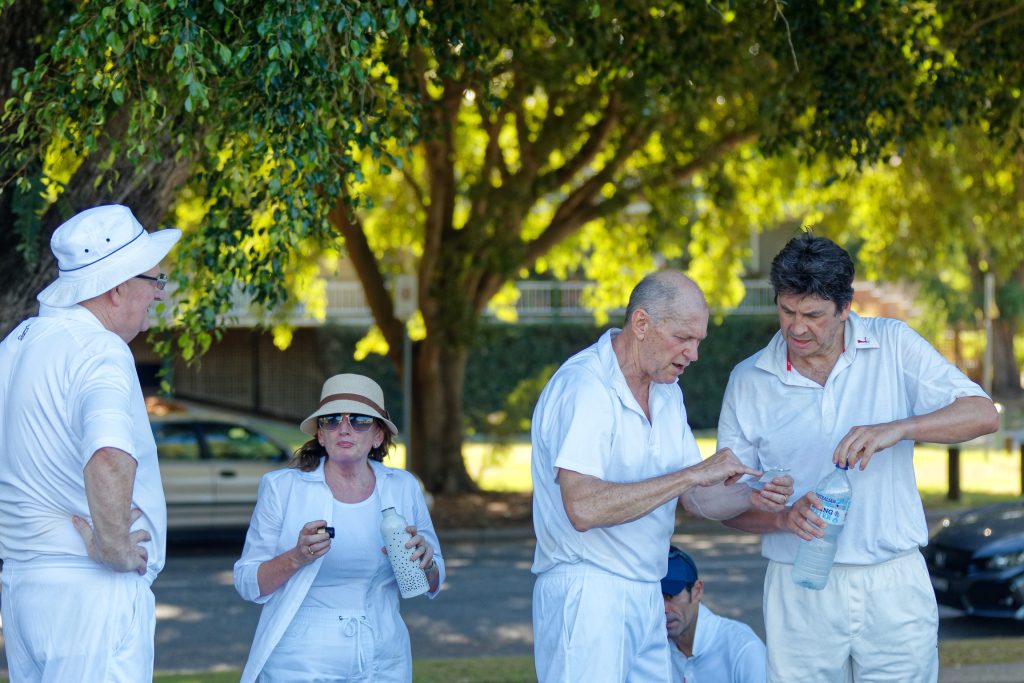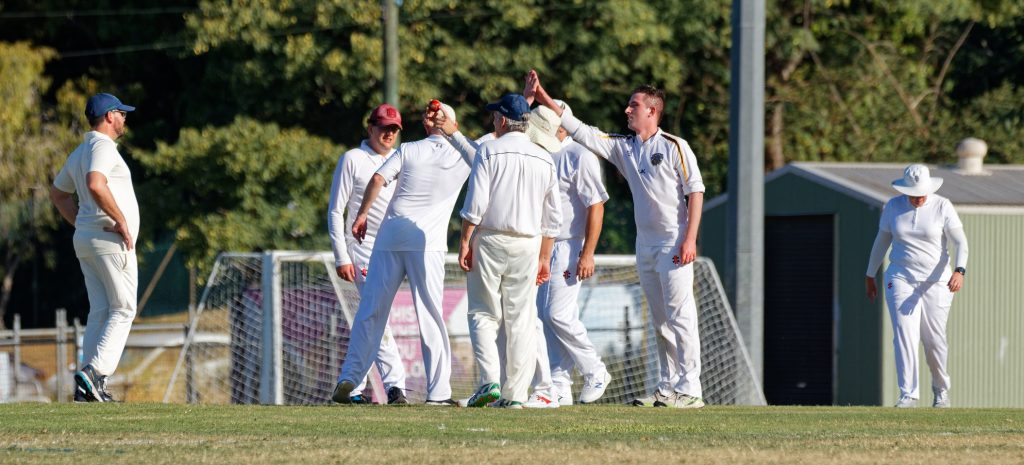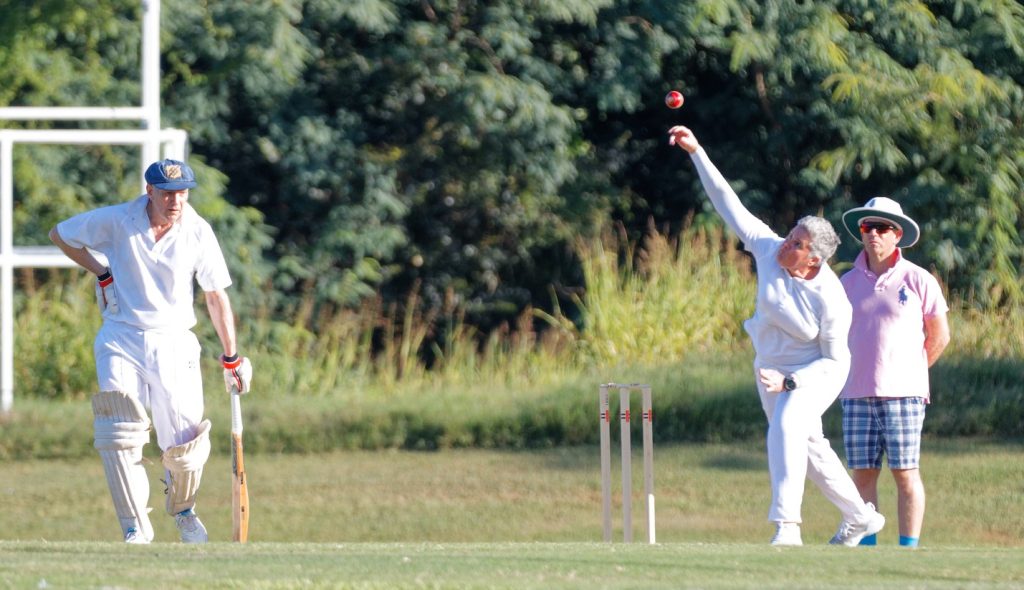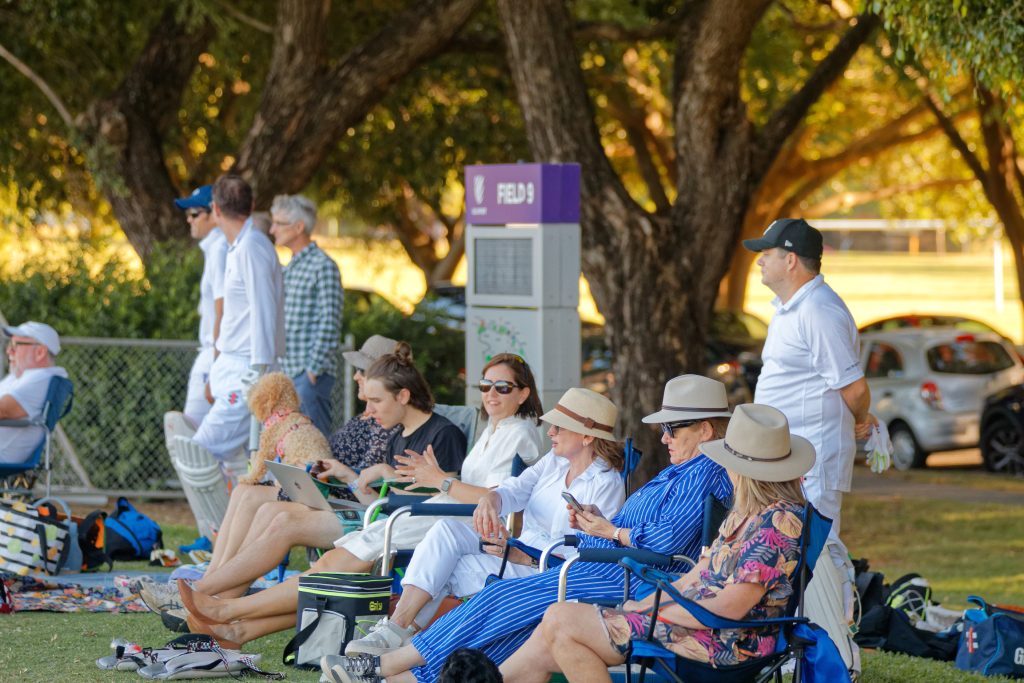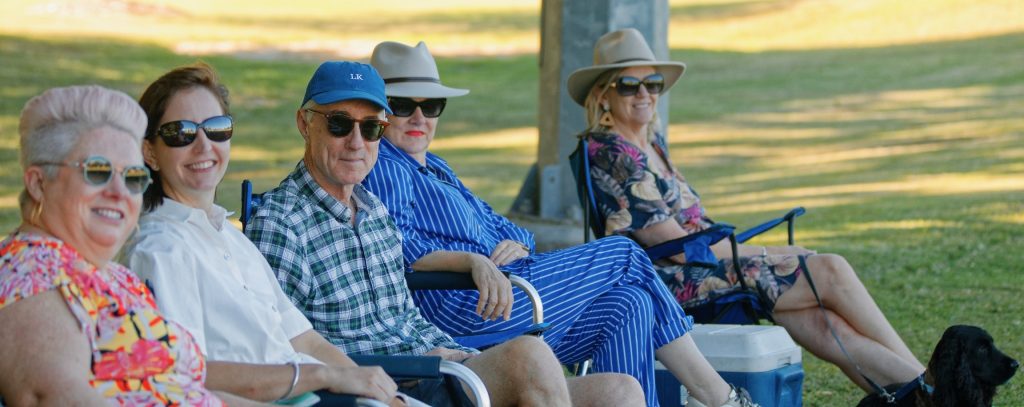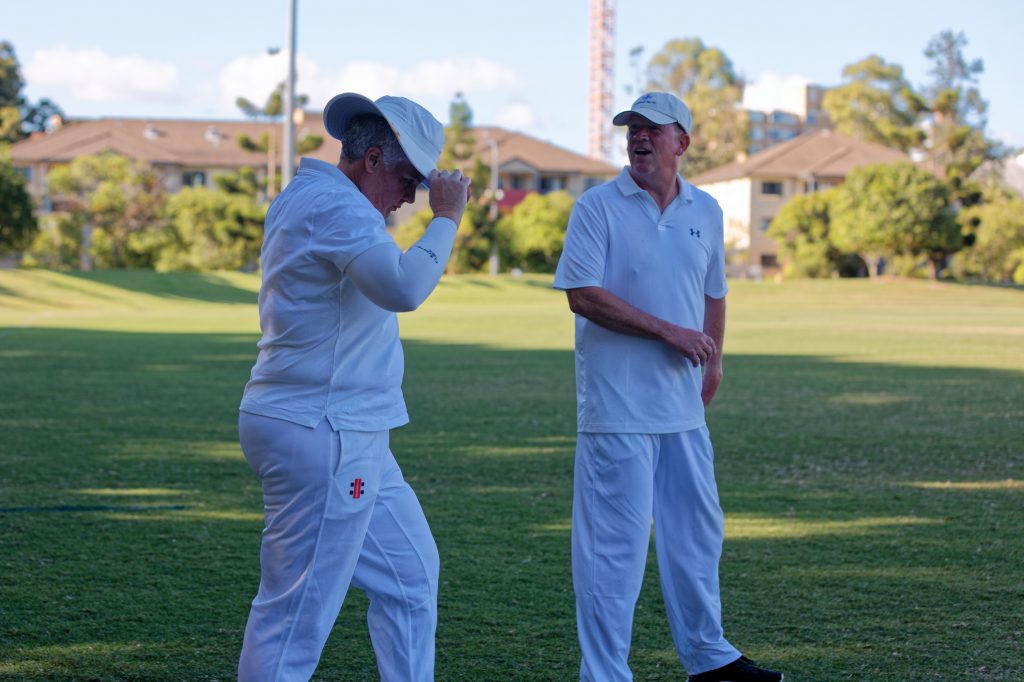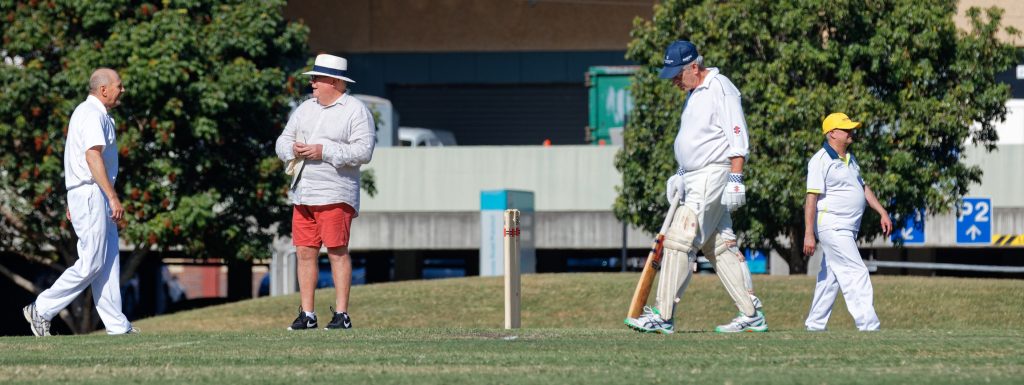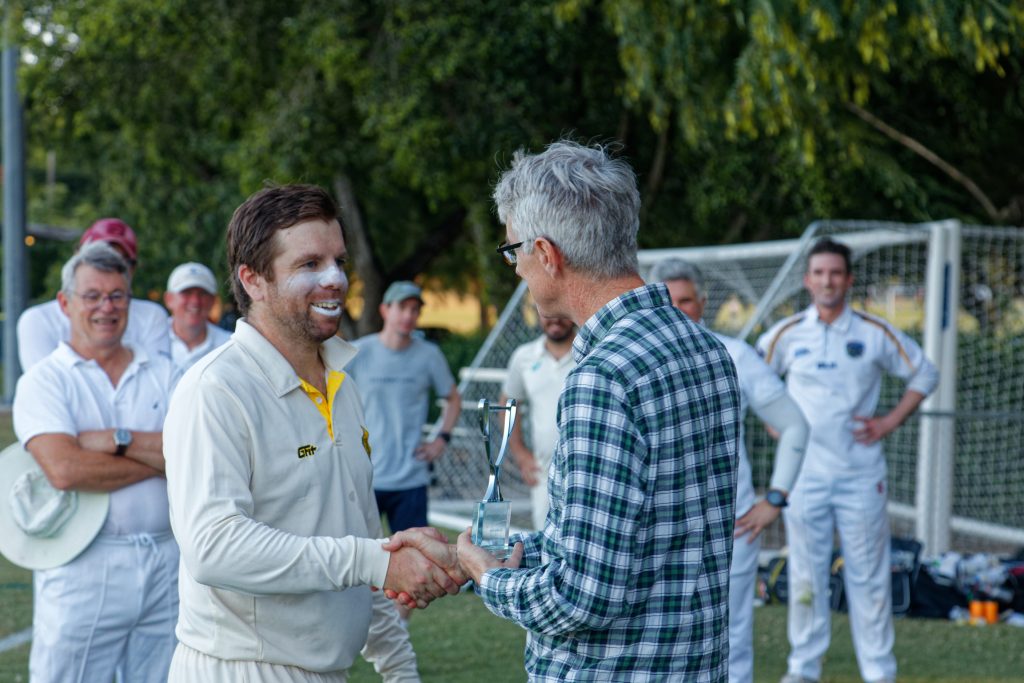- Reviews and the Arts
- Book - The Kowloon Kid: A Hong Kong Childhood
- Book - Annotated Civil Liability Legislation Queensland 6th Edition (2025)
- Book - Kataraina
- Book - Travelling to Tomorrow: The Modern Women Who Sparked Australia’s Romance with America
- Book - Critical Care: Nurses on the Frontline of Australia’s AIDS Crisis
- Book - The Long Shadow: Australia’s Vietnam Veterans since the War
- Book - The Law of Affidavits, Second Edition
- Travelogue - RHS Chelsea Flower Show (UK)
- Exhibition - ‘Bluey’s World’
- Music - Bon Iver ‘From’ (2025)
- Words from the Past
- Judging Truth from Memory (2023)
- Between the Devil and the Deep Blue Sea - the Bar as ‘Quality Controller’ (2012)
- Making and Responding to Objections to Evidence - Lay Testimony Evidence (2009)
- The Judicial Method: Essentials and Inessentials (2009)
- Aspects of Cross-Examination on Documents (2006)
- Professional Conduct and Practice
- Junior Lawyer Pivot Points
- Referral made after ‘Fake’ Cases Discovered in Barrister’s Submissions
- Barristers Posting Homophobic Notices in Lifts of Chambers’ Building Found Guilty of Professional Misconduct
- Solemnity of Solicitor’s Undertaking
- Unrepresented Litigant Gains Re-trial for Want of Assistance by Judge in Trial Conduct
- Counsel Sanctioned for Intimidatory Conduct to Opposing Client and Misrepresenting His Status
- Harnessing Generative AI in 2025 with LexisNexis
- Advocates’ Immunity Protects Counsel from Alleged Negligence in Failing to Elicit Obtainable Evidence
- Allegations Against Counsel Dismissed as Abuse of Process by SA Supreme Court
- Removal of Lawyer from Roll of Practitioners - Primary and Shifting Onuses
- Advocacy
- Trial Advocacy: Planning and Environment Court
- FCAFC: How to Draw and Conduct an Appeal
- A Lesson from History: A Litigation Strategy Based on a Single Battle
- Knowledge, Belief or Intent: The Difficulties of Particularising a Fraud
- Federal Court - Revisiting the Requirements of Pleadings
- Significant Changes have been Recommended to Modernise Wills Law in England and Wales
- No Tortious Duty Owed by Defendant in Respect of 1960’s Report of Abuse of Another Child
- Entitlement of Trust Beneficiary to Inspect Trust Documents and Receive Trust Information
- When to Assess Damages for Breach of Contract
- Liability of International Air Carriers
- Inter Alia
- Congratulations Bar Practice Course 83
- Ceremonial Sitting of the Full Court to Welcome the Honourable Justice Amelia Wheatley
- Ceremonial Sitting of the Full Court to Welcome the Honourable Justice Erin Longbottom
- No Place to Stay: Climate Displacement and the Limits of Law
- The Jurisprudential Labours of Hercules
- The Opening of the First Parliament of the Commonwealth of Australia
- Travels in Sindh – A Glimpse into the Legal System of Pakistan, Karachi, and the Vibe
- UKSC Finds ‘Woman’ in ‘Equality’ Statute Means ‘Biological Woman’
- Essential Finance Tips Barristers Should Know
- Language - Quixotic
- From the President
- From the President
- From the Editors
- From the Editors
- Articles
- The Communist Party Case, the Role of the Advocate and the Rule of Law
- 10 Minutes with…The Honourable Hugh Fraser KC
- Thought for this Issue: Counsel brings their Learning, Ability, Character and Firmness of Mind to the Conduct of Causes
- Featured Artist Profile: Ralph Wilson
- Ethics as Advocacy
- Commercial Litigation: Drawing upon History to Embrace the Future
- A Sunset Soirée for the Brain in Honour of Justice Peter Hilton
- Some Aspects of Judicial Restraint in Civil Appeals
- After Mallonland: Testing for a Duty of Care Against Purely Economic Loss
- What is Missing from Modern Legal Education?
- Regional Bar
- Barristers in Military Service
- Reviews and the Arts
- Book - Beauty and the Law
- Art - Yayoi Kusama Exhibition - National Gallery of Victoria (until 21 April)
- Film - 'Becoming Led Zeppelin' A Rock Syzygy (2025)
- Book - Highway to Hell: Climate Change and Australia’s Future
- Book - The Forever War: America’s Unending Conflict with Itself
- Book - Beyond the Broken Years: Australian Military History in 1000 Books
- Book - Open Water
- Song – Blues Brothers ‘Everybody Needs Somebody to Love/Sweet Home Chicago’ (1980)
- Art - Robert Brownhall Exhibition - Philip Bacon Galleries (until 29 March)
- Book - Best Wishes
- Professional Conduct and Practice
- Barrister Found Liable for $1.7m in Wasted Costs
- Qld A-G Appoints Two QSC Reserve Judges
- Counsel for the Parties Ordered to Lunch
- Judges of all Australian Courts – Superior and Inferior – Enjoy Judicial Immunity in Purported Exercise of Judicial Function
- Master of Rolls Addresses UK Position on Barrister Use of GenAI
- NSW GEN AI Practice Direction Amended
- Deposing a False Affidavit or Giving False Evidence Mandates Barrister being Struck Off
- Graduate Lawyer Fails in Fair Work Act Bullying Claim
- How ‘Lawyer Brain’ Impacted this Barrister’s Mental Health
- Lawyer’s Lack of Candour with Regulator Warranted Striking Off
- Advocacy
- Fraud! What Does it Mean in Disability Insurance?
- Appeals: Interlocutory v Final Decisions and Jurisdictional Error
- Case Highlight: Health Ombudsman v du Toit [2024] QCA 235
- A Note on Disclaimers in Negligence Law
- Canadian Judges give Contract the Thumbs Up
- Successor Trustee Owes No Fiduciary Obligation to Former Trustee
- 'Courts … can only act on the law as it is, and have no right to … speculate upon alterations in the law that may be made …'
- Valuable Bailed Goods Not 'White Elephants' in Re-supply Settlement Deed
- No Past Consideration Because Loan Advance Part of a Single Transaction
- Utility of – and what Constitutes Detriment for – a Common Intention Constructive Trust
- Inter Alia
- Defending Against Dementia: Diet, Exercise and Mental Stimulation
- A Celebration and Thanks - Justice in North Queensland
- Dickens’ Serjeant Buzfuz – Master of the Blustering Diatribe
- Humour - The Two Ronnies 'Courtroom Quiz'
- Language – Brain Rot (OUP Word of the Year 2024)
- Language – Deleterious
- Language – Formulaic
- Language – Sophie’s Choice
- Language – Tendentious and Captious
- Mintie Alia
- From the President
- From the President
- From the Editors
- From the Editors
- Articles
- Cross-Examination – Planning, Purpose and When to Stop!
- 10 Minutes with... Amanda O’Brien, Principal Registrar QSC, QDC and QLC
- Thought for this Issue: The Task of Advocacy is About Making it Simple
- Featured Artist Profile - Emma Coulter
- What is an Executive Order?
- John Jay – First Chief Justice of the United States of America
- Admissibility of Common Forms of Documentary Evidence
- VALE: The Honourable Alan George Demack AO 1934-2025
- VALE: James Geoffrey Crowley RFD KC 1935-2024
- The State of the Australian Judicature in 2024
- Issue 98: December 2024
- From the President
- From the Editor
- 'Sam and Ralph' - The Role and Practice of Counsel in the System of Justice
- Advocacy in Mediation
- 10 Minutes with…the Honourable Ian Callinan AC
- Barrister Cyber Risk
- VALE: Grant Thomas Britton KC 1946-2024
- An Interesting Approach to Settlement
- Navigating the AI Abyss: Ethical Challenges in the Age of GENAI
- Danny Gore KC: 50 Years at the Queensland Bar
- Issue 97: September 2024
- From the President
- From the Editor
- Jury Misconduct - What Exactly Are They Getting Up To?
- AI and Mediation
- 10 Minutes with…the Honourable Philip Morrison KC
- Maintaining your Selfcare During Trial
- ‘A Diet of the Most Awful Things Humans can do’ – A Criminal Lawyers’ Life
- Appearing in the High Court: Metal Manufactures Pty Ltd v Morton (2023) 275 CLR 100
- ‘Goodnight and Good Luck!’ – A Tribute to Retiring Counsel
- Crypto (& other) Bros – Navigating Storms in the Scammers’ Paradise
- Issue 96: June 2024
- From the President
- From the Editor
- Get Out There!
- 10 Minutes with...QLRC Chair Fleur Kingham
- The Honourable Bruce McPherson CBE Memorial Lecture 2024
- Fast and Slow Thinking by Judges and other Human Beings
- Better Targeted Superannuation Concessions or Targeting Judicial Independence?
- Seven Random Points about Judging
- Evidence in Chief in Criminal Trials
- The Operation of the International Criminal Court
- Issue 95: March 2024
- From the President
- From the Editor
- Generative AI and the Bar - A Long Way from the Horse and Cart but still a Fair Way to Travel!
- 10 Minutes with...ChatGPT
- Wrong Side of the Law: What Raised Judges’ Ire in 2023
- Is the Civil Trial System Past its Use-by Date?
- Lessons from the UK’s Post Office Scandal
- Is a US President Immune from Criminal Acts?
- Magistrate Wickham at Moreton Bay – Master of all he Surveyed
- Insolvent Corporate Trustees: Just More Questions
- Issue 94: Dec 2023
- From the President
- From the Editor
- Retirement of the Hon Susan Kiefel AC KC as Chief Justice of the High Court of Australia
- The Honourable David Francis Jackson AM KC
- US Supreme Court Adopts Judicial Code of Conduct
- Judicial Bullying: The Last of the Legal Bloodsports?
- 10 Minutes with...the Honourable George Brandis KC
- Can Stoic Virtues Help Modern Lawyers Meet their Ethical Obligations?
- Vale: Sandra Day O’Connor (1930-2023)
- Social Media and Defamation Law
- Issue 93: Sep 2023
- eBrief Ready
- Sherrin Partners
- LexisNexis
- Put Paper in the Past
- Bar Flies Scoop the QLS Netball Pool
- Gremlins, Borgs, and Judicial Impartiality in Multi-Member Courts
- The Legacy of Sir Harry Gibbs on the Jurisprudence of Purely Economic Loss
- Therapeutic Jurisprudence and Mediation: Partners in Dispute Resolution
- Qld Law Reform Commission – a New Look
- A Way to Win-Win Negotiation
- Issue 92: Jun 2023
- LexisNexis
- Mazars
- Morgans
- Some Important Changes in the New Property Law Bill
- Class Actions 101
- The QCA and the Law as to Overturning an Unreasonable Verdict
- Not Bound by the Rules of Evidence
- Family Law – Same but Different
- When Ministerial Decisions Must Be Made Personally
- Insolvency – ‘Peak Indebtedness’
- Issue 91: Mar 2023
- LexisNexis
- Morgans
- Mazars
- Winners are Grinners; Well Almost!
- Bar v UQ Students Netball Match – 5 March 2023
- Wigs and Gowns
- CIA 1944 Tips for Organisational Sabotage – Sound Familiar in Modern Mores?
- Family Court Judge Writes to Children Concerning Custody Decision – “I have told your parents to stop the crap”
- Magic Circle Firm Rolls Out 'Gamechanger' ChatGPT-Type Platform
- Privacy – Prospective Statutory Right of Action and Statutory Tort
- Issue 90: Dec 2022
- Morgans
- Vincents
- Mazars
- True to the Land: A History of Food in Australia
- Podcast Review: What Makes a Good Mediator?
- Podcast Review: Barristers in the New Normal
- Darwin Spitfires Anniversary Edition: The Real Battle for Australia
- Speaking Notes for Executing Justice
- Zines and Stellios’s The High Court and the Constitution (7th ed)
- The History Thieves
- Issue 89: September 2022
- Everyone Is In Italy
- Conditional leave to replead
- Queenslander! Townsville CPD Enthralls
- AAT ABA Legal Assistance Referral Scheme
- He Claimed Mucho
- Language... The Chatham House Rule
- You Will Wear That Pleading, Me Lad!
- Should ties remain barristers’ required dress in court?
- Support For Your Pro Bono Work
- Opening Arguments


